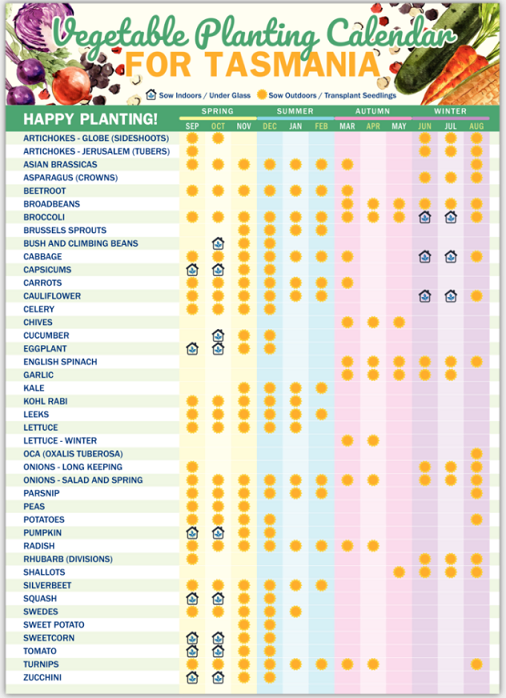When our pineapple guava bush suddenly produced basket loads of great big fruit over the past couple of weeks, we were not surprised.
Until about three years ago, our solitary pineapple guava (Acca sellowiana) bush produced only small crops of fruit each year, despite being planted 15 years ago.
It finally dawned on me that our recalcitrant bush needed a pollination mate.
That’s when I invested in another plant and after two years it came into November bloom at the same time as the old, poorly producing bush.
Many people are still curious about this so-called pineapple guava plant. Most still know it as feijoa and it is still found under this old name in many nurseries.
Today, it is called Acca sellowiana and is proving to be one of the most valuable of all fruit plants in many Australian gardens.
The olive-green, rather dull-looking, egg-shaped fruit mature every May, with some still producing in early June.
Almost all plants on sale are seedlings, so fruit size and yields can vary. While some guavas may be only the size of large plums, others can be as large as goose eggs.
We have been lucky with the older plant because it produces unusually large fruit, about the size of a small apple.
The smaller, younger plant carries slightly smaller fruit, about the size and shape of billiard balls.
There is every chance they, too, may become bigger as the plant grows larger and stronger.
Incidentally, the red and white flowers, borne in late spring, are also edible.
The large thickish petals are unexpectedly sweet and can be plucked off for use in salads.
Be sure to leave the red stamens behind to ensure excellent yields.
Pineapple guavas gradually swell during summer, although the dull green colour makes them hard to see until harvest time.
You’ll know when they are ready because they fall to the ground.
It’s a mistake to pull them off too early — even if quite large — because they fail to sweeten and taste sour.
I spread a thick layer of old hay or straw beneath the bushes in late April to provide a clean, soft landing for the falling fruit.
Even then they feel hard and taste sour but are wonderfully aromatic.
After a week stored indoors, always in an unheated room, they begin to soften and the green, semi-translucent flesh becomes almost jelly-like and deliciously sweet and aromatic.
Some people describe the flavour as somewhere between strawberries, pineapples and passionfruit.
I simply cut the fruit in half and scoop out the tasty flesh with a teaspoon, leaving behind the bitter rind.
Pineapple guava fruit are an outstanding source of vitamin C, potassium, iron and iodine.
Some medical researchers claim the fruit helps us resist cancer.
Pineapple guavas are rarely seen in supermarkets because they are easily bruised so have a limited shelf life.
However they make outstanding jams and add fantastic flavours to cakes, pies and puddings.
The soft, green flesh can also be frozen and will keep in excellent condition, retaining flavour for years, especially if mixed with sugar and a little lemon juice.
Acca sellowiana plants are attractive evergreens that can be planted out any time of the year and eventually grow to a height of three metres or more to form big, rounded bushes.
Apart from an annual application of well-rotted manure in late winter and occasional deep soaking during summer they require little maintenance.
Common reasons why plants fail to set fruit is excessive shade, while heavy pruning after flowering also reduces yields.
-----------------------------------------------------------------------
Check out our Tasmanian Planting Calendar Fridge Magnet – A5 size only

A year-round guide for when to plant your veggies in Tasmania. Never lose your planting guide again with a convenient fridge magnet for secure attachment to any metal surface. This growing guide has been tried and tested by some of the best Gardener’s in Tasmania, and is specifically adapted to the Tasmanian climate.
Excellent Gift for any Tasmanian you know with green thumbs and who likes Peter Cundall as much as i do!
Make sure you follow the calendar and you will have a successful year of growing vegetables in Tasmania.
Price includes FREE SHIPPING Australia wide. BUY HERE